Related Research Articles
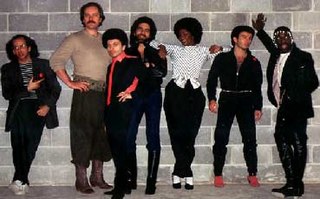
Lipps Inc. was an American disco and funk group from Minneapolis, Minnesota. The group is best known for the chart-topping 1980 worldwide hit single "Funkytown", which hit No. 1 in 28 countries and was certified as double platinum in sales.

"Funkytown" is a song by American disco act Lipps Inc., released in 1980 as the second single from its debut album, Mouth to Mouth (1979). It was very successful on charts globally, reaching top spots such as the United States, West Germany, Canada, Austria, Switzerland, Norway, the Netherlands, and Australia.

"Goodnight, Irene" or "Irene, Goodnight," is a 20th-century American folk standard, written in 3
4 time, first recorded by American blues musician Huddie 'Lead Belly' Ledbetter in 1933. A version recorded by The Weavers was a #1 hit in 1950.
Steven Greenberg is an American musician, record producer and the owner of the independent label October Records. He is best known for his band Lipps Inc.'s 1980 hit song "Funkytown".
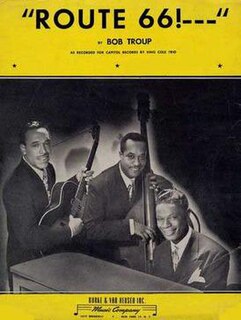
"(Get Your Kicks on) Route 66" is a popular rhythm and blues song, composed in 1946 by American songwriter Bobby Troup. The lyrics relate a westward roadtrip on U.S. Route 66, a highway which traversed the western two-thirds of the U.S. from Chicago, Illinois, to Los Angeles, California. The song became a standard, with several renditions appearing on the record charts.

"Flashdance... What a Feeling" is a song from the 1983 film Flashdance with music by Giorgio Moroder and lyrics by Keith Forsey and the song's performer, Irene Cara. Moroder had been asked to score the film, and Cara and Forsey wrote most of the lyrics after they were shown the last scene from it in which the main character dances at an audition for a group of judges. They felt that the dancer's ambition to succeed could act as a metaphor for achieving any dream a person has and wrote lyrics that described what it feels like when music inspires someone to dance. The song wound up being used for the scene they watched as well as during the opening credits as the main character is shown working as a welder.
"You're Nobody till Somebody Loves You" is a popular song written by Russ Morgan, Larry Stock, and James Cavanaugh and published in 1944. The song was first recorded by Morgan and was a hit for him in 1946, reaching the No. 14 spot in the charts. The best known version was Dean Martin's, which was released in 1960 and reissued in 1964.

"Maniac" is a song from the 1983 film Flashdance that was written by Dennis Matkosky and its performer, Michael Sembello. The original idea for the song came to Matkosky while watching a news report on a serial killer, which inspired gruesome lyrics that he and Sembello expanded upon after finding a 1980 horror film with the same name. When Flashdance director Adrian Lyne grew attached to the demo of the song used during filming, his music supervisor Phil Ramone requested lyrics more appropriate for their story of a dancer and worked with Sembello to produce a new version for the soundtrack. The new recording was used for a scene in which protagonist Alexandra Owens trains rigorously at home.

"Wake Up Everybody" is an R&B song written by John Whitehead, Gene McFadden and Victor Carstarphen.

Pucker Up is the second album by American disco act Lipps, Inc with Cynthia Johnson on lead vocals. The album was released in 1980 on Casablanca Records.
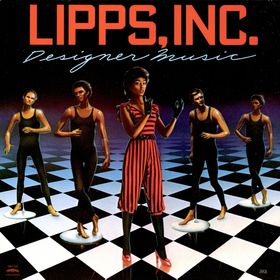
Designer Music is the third album by American disco act Lipps, Inc., and the last featuring Cynthia Johnson on lead vocals. It was released in 1981 on Casablanca Records.

"Heaven Must Have Sent You" is a song written by Brian Holland, Lamont Dozier, and Eddie Holland when at Motown, and first recorded by The Elgins in 1966. It was also a 1979 disco hit single by Bonnie Pointer.
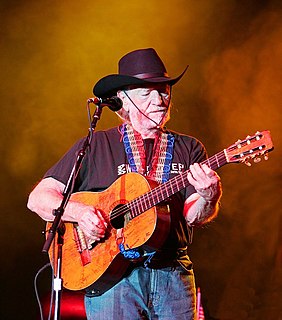
The following is a detailed discography of all singles released by American country singer-songwriter Willie Nelson. A total of 25 Nelson singles have reached number one on music charts in the US.
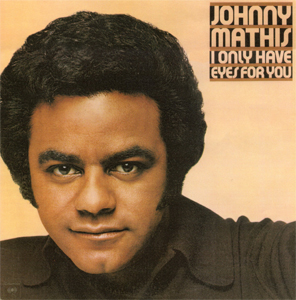
I Only Have Eyes for You is an album by American pop singer Johnny Mathis that was released on May 10, 1976, by Columbia Records and included two new songs, "Yellow Roses on Her Gown" and "Ooh What We Do", which was written specifically for him, as well as a contemporary arrangement of the 1934 title track that foreshadowed his recordings of standards that incorporated a disco beat a few years later.

The Best Days of My Life is an album by American pop singer Johnny Mathis that was released on January 29, 1979, by Columbia Records and scaled back considerably on his more than decade-long practice of recording recent hit songs by other artists. He did, however, cover two standards: "As Time Goes By" and "Begin the Beguine", the latter of which is given a disco arrangement.
Ace Spectrum was an American R&B, soul and disco musical group that was popular in the mid-1970s.
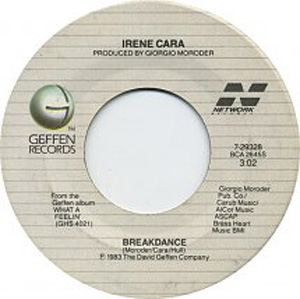
"Breakdance" is a song written by Giorgio Moroder, Bunny Hull, and the song's performer, Irene Cara. Moroder's obsession with the dance hit "Rockit" by Herbie Hancock fueled his composition of the music, and Cara was inspired by the street performers she saw growing up in the South Bronx to write lyrics about what was then called breakdancing. Released in March 1984, it was the third single that originated on her What a Feelin' LP and her first to make the top ten in the US since the album's title track went to number one almost a year earlier. "Breakdance" also charted in several other countries and had a dance remix that was also well received.
References
- ↑ "Lipps, Inc. | AllMusic". May 25, 2012. Archived from the original on 2012-05-25.
- ↑ Hoffmann, F. (2016). Chronology of American Popular Music, 1900-2000. Taylor & Francis. p. 392. ISBN 978-1-135-86886-4 . Retrieved 2020-10-23.
- ↑ Hoffmann, F.W. (2005). Rhythm and Blues, Rap, and Hip-hop. American Popular Music. Facts On File, Incorporated. p. 167. ISBN 978-0-8160-6980-4 . Retrieved 2020-10-23.
- ↑ "Lipps, Inc. - Awards - AllMusic". AllMusic. 2013-05-01. Archived from the original on 2013-05-01. Retrieved 2020-10-23.
- ↑ "Lipps, Inc. - Biography | Billboard". April 15, 2016. Archived from the original on 2016-04-15.
- ↑ "Disco St. Paul | Lead Singer | Cynthia Johnson". cynthiajohnson.net.
- ↑ Whitburn, J. (1983). Joel Whitburn's Music Yearbook. Record Research Incorporated. ISBN 978-0-89820-052-2 . Retrieved 2020-10-23.